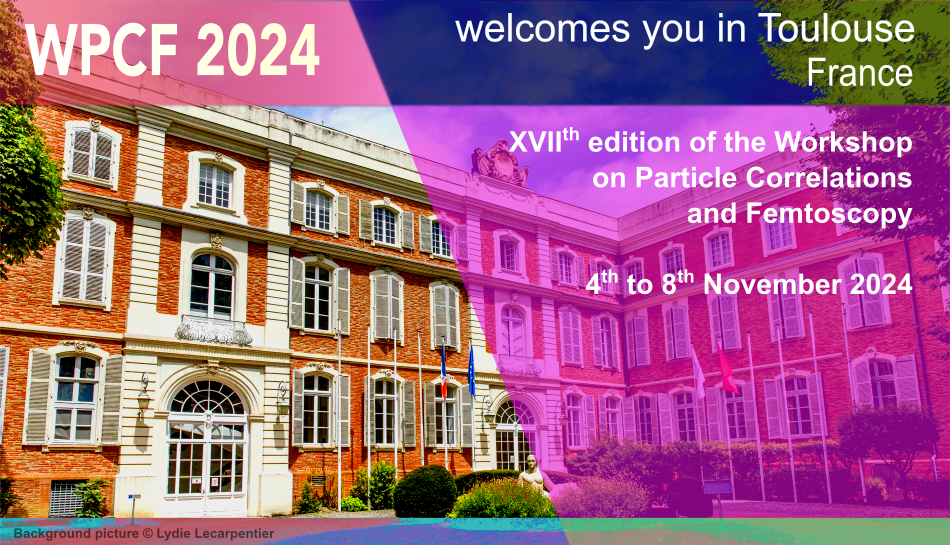Orateur
Description
The angular correlation function is a powerful tool for exploring hadronization mechanisms. The effects contributing to the angular correlation functions include quantum statistics, nuclear force, energy and momentum conservation, resonance decays, and Coulomb interactions. The angular correlation function can take different forms depending on the quark composition.
The results obtained by the ALICE Collaboration for Runs 1 and 2 indicate the presence of an anticorrelation in the vicinity of ($\Delta\eta, \Delta\varphi$) = (0,0) for like-sign pairs of baryons, specifically pp + $\bar{p}$$\bar{p}$ and p$\Lambda$ + $\bar{p}$$\bar{\Lambda}$. This is not yet described by any simulations and has remained a puzzle since 1980s.
This work studies the proton-$\phi$ angular correlation functions from pp collisions at $\sqrt{s}=13.6\, \mathrm{TeV}$ recorded at the ALICE experiment at CERN. By correlating a meson ($\phi$) with a mass similar to that of the lightest baryon, the proton, the aim is to determine whether the anticorrelation observed for like-sign baryon pairs can be attributed to the mass. A direct comparison of proton-proton and proton-$\phi$ angular correlations serves to verify whether the observed effect is purely baryonic.

